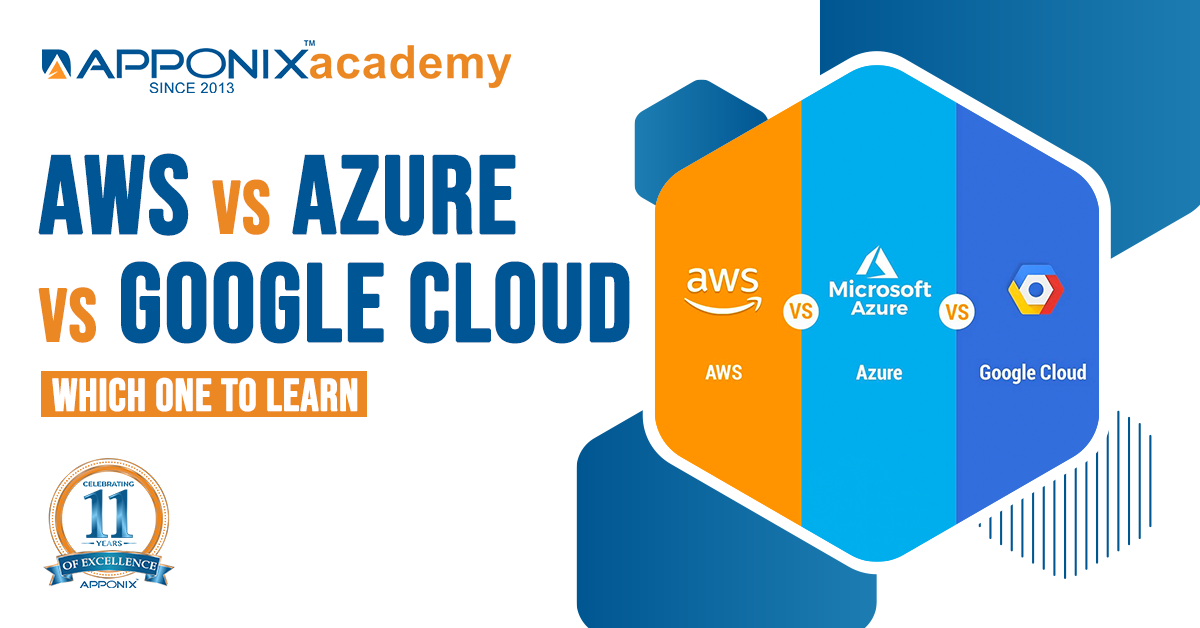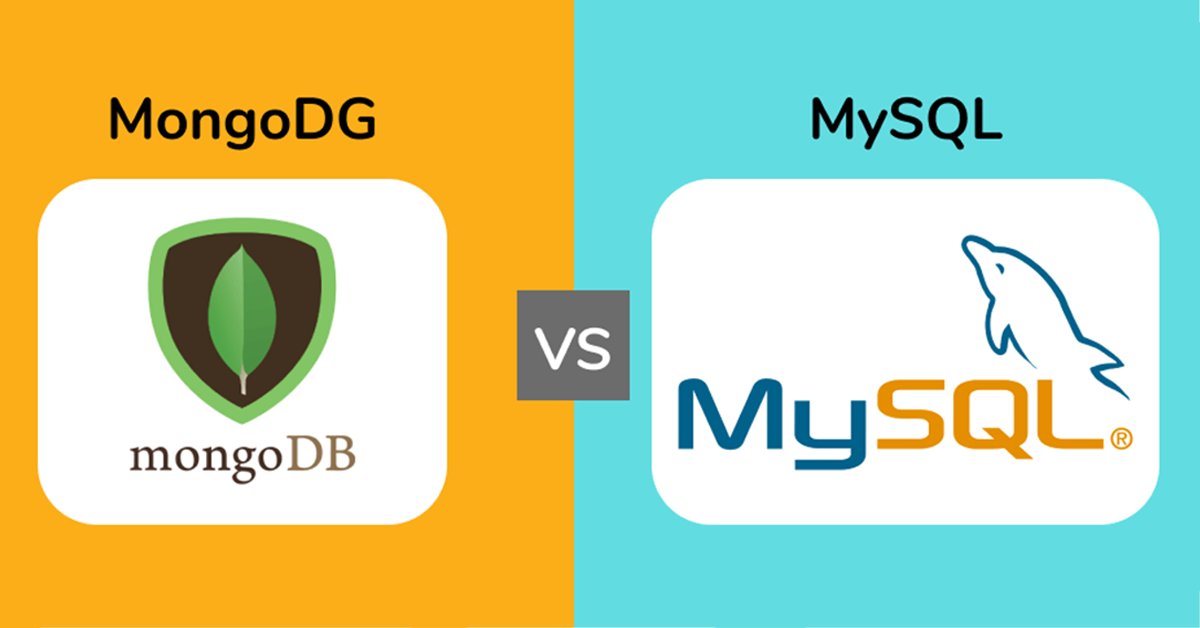Understanding Kubernetes for Scalable Applications
In contemporary application development, obtaining scalability and reliability is crucial. A new open-source platform for managing the applications built using containers is Kubernetes that has become a real market-defining tool in this area. Whether you are working on a small-scale application or a large scale application with more components, Kubernetes makes it easy to deploy, scale or manage the application.
What Is Kubernetes?
Kubernetes, K8s is an open-source container-orchestration platform intended for the automation of application container deployment, scaling, and management. Developed by Google, this has become the most popular way of orchestrating containers. By employing this strategy, Kubernetes simplifies infrastructure management and let developers work on the details of an application without having to care for underlying hardware or environment.
Key Features of Kubernetes
Automated Scheduling: Helps proper organising of containers to be placed across the architecture.
Self-Healing: Remediation of failed containers as well as replacing or rescheduling containers.
Horizontal Scaling: The capacity or size of a container can be changed dynamically in relation to the load it is expected to carry.
Load Balancing: Loads organizational network traffic across containers in order to facilitate high availability.
Declarative Configuration: Describes the wanted state of the application using YAML or JSON files that are managed by Kubernetes and guarantee to be achieved.
Why Kubernetes for scalable applications?
Application scaling is the foundation of today’s apps. With expanding user requirements, your application has to be able to manage higher loads effectively. Kubernetes makes this possible through its core features:
1. Dynamic Scaling
Kubernetes allows pod autoscaling in the horizontal direction. A Pod, the basic container running in Kubernetes, can be automatically adjusted for the number of containers based on CPU, memory usage, or custom metrics. It provides performance enhance and resources are used efficiently, hence minimising costs.
2. Infrastructure Agnostic
It is used everywhere – from enterprise data centers to cloud providers such as AWS, Microsoft Azure, and Google Cloud. This allows organizations to scale up their applications without challenges across different environments.
3. Load Balancing
Kubernetes offers a default mechanism for load balancing that sends traffic directly to pods without directing the traffic to unhealthy pods. This helps avoid loading many references at one instance and makes it easy for clients to get their requests served regardless of a high load.
4. With Redpoint, rollouts and rollbacks are as easy as the proverbial “changing hats.”
Updating applications in production can be very dangerous, but kubernetes does this by doing it incrementally and having the ability to roll back. This ensures that with any new update that is deployed it is done in a gradual manner thereby reducing the time taken during the exercise and also allows the user to roll back to the earlier version in the event that there is a hitch.
5. Fault Tolerance
Kubernetes check the pods and nodes health automatically . If a pod is crashed, then kubernetes will restart that pod or will replace that pod to make application available. This resilience is especially important for large-scale applications, in which short interruptions can result in high losses.
Kubernetes overview of architecture
Knowledge of Kubernetes architecture is critical in order to achieve maximum efficiency of its usage. Here’s a simplified breakdown:
1. Master Node
- Master node, or control plane, is in charge of the cluster. It includes components like:
- API Server: Responsible for processing user – cluster interaction and providing results.
- Scheduler: To coordinate the workloads of the system, the distribution of tasks to worker nodes occurs.
- Controller Manager: Sustain the status of the cluster associated with the target level of quality.
2. Worker Nodes
- Worker nodes do tasks of an application Workload. Key components include:
- Kubelet: Make certain that all container in a pod is running.
- Kube-proxy: Responsible for managing network for services that operates the open pod.
- Container Runtime: Software such as Docker or containerd in charge of executing the containers.
The Actual Applications of Kubernetes
1. E-Commerce
Implicitly, the traffic in large scale e-commerce platforms fluctuates. Kubernetes can easily scale up during sale promotions or festive seasons, and is capable of providing continuous service.
2. Streaming Services
Millions of users use web services such as Netflix at the same time. Kubernetes satisfies scalability and reliability requirements to deliver high-quality video streaming services globally.
3. Banking and Finance
Many financial applications cannot afford low availability, while security is always a primary concern. Kubernetes achieves this by the use of failover techniques and enhanced containerization.
Advantages of Learning Kubernetes at Apponix Technology
Apponix Technology provides tailored Kubernetes training to equip learners with in-demand skills. Key benefits include:
- Hands-on Labs: Practical exercises for real-world scenarios.
- Experienced Trainers: Industry experts guide you through concepts and best practices.
- Comprehensive Curriculum: Covers beginner to advanced topics, including monitoring and security.







